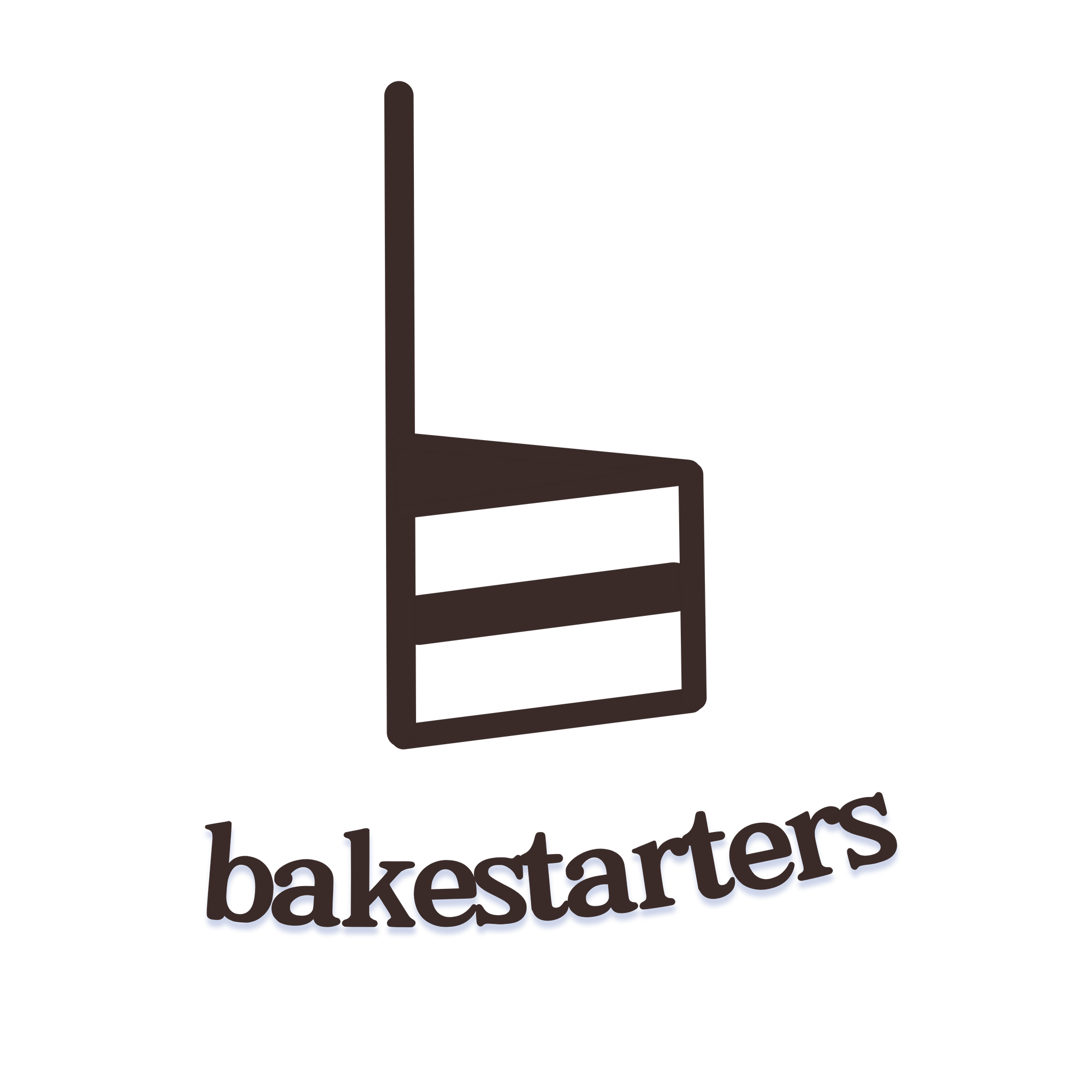Our signature pineapple tarts baking kits are coming back soon!
- About Us
- CHRISTMAS KITS
-
Baking Kits
- contact us
Our signature pineapple tarts baking kits are coming back soon!
June 13, 2019
Have you ever read a recipe and seen a direction such as ‘in a fan-forced oven’, or ‘using the convection setting’? Or perhaps you were looking to buy a new oven [if so, read our helpful guide here!], and you came across the term ‘convection cooking’ on the stacked-up boxes of ovens across your nearest Courts?
Before we dive into what convection cooking does, it’d be easier to first explain how a regular oven works. A regular oven cooks and bakes food by heating the air inside the oven with its heating coils, and then surrounding the food with the hot air. Depending on the oven, the source of heat (from the coils), can come from the top, the bottom, or both. This of course, can result in uneven cooking because of the lack of air circulation within the oven.
Convection, is in itself, an oven setting that certain ovens have equipped with. When the ‘Convection’ setting is turned on, the hot air generated by the oven’s heating coil(s) is circulated and pushed around with the aid of a fan system. As such, only ovens with this additional fan system can allow for convection cooking.
This helps to circulate the air around the oven for more even cooking, and because the hot air is being pushed around and onto the food, this extra wind heats and cooks food faster (much like how wind on a chilly day makes you feel colder). And because the air is constantly being pulled and pushed around, this in turn creates a drier environment within the oven.
While faster and more even cooking sounds like a great thing, there are certain things to take note when it comes to convection cooking.
Generally, there are two things to consider:
Recipes are usually written without convection heating in mind, which means that when you try to bake or cook something according to a recipe, it’s best to think about potential adjustments you should make if you’re thinking of baking with the convection mode on. More on that below!
While cooking with the convection setting can help you cook faster and more evenly, do note that not all foods are suitable for cooking in a fan-forced environment! The air circulation helps to dry out the surface of the food during the cooking, and the extra force from the fan can cause uneven rising of batter (cake layers).

In general, most foods that can be cooked in a conventional setting can be cooked with the convection setting. However, foods that are more fragile and delicate may not appreciate the forced circulation of the air being pushed onto them, hence we do not recommend using the convection setting to make those foods! These include desiccated coconut, bread crumbs, chiffon cakes, souffles, cake layers, and flans.

Most ‘convection ovens’ are simply regular ovens that have an added fan system attached, and thus are able to switch between convection cooking and conventional cooking.
As such, our take is simple - if it’s within the budget, it’s a good option to have. Otherwise, it’s not entirely necessary either.
If you do however have a ‘convection oven’, it’s a good idea to test out your favourite recipes to get a feel of it. After all, who doesn’t like having your food out of the oven, hot and ready to dig in, at a fraction of the time?
—
Enjoyed our article? Remember to share and let us know what you've made using a convection oven before, in the comments below!
Read Next: How to store your baked goods – frosted cakes, cookies, brownies & more
Comments will be approved before showing up.
January 03, 2024
